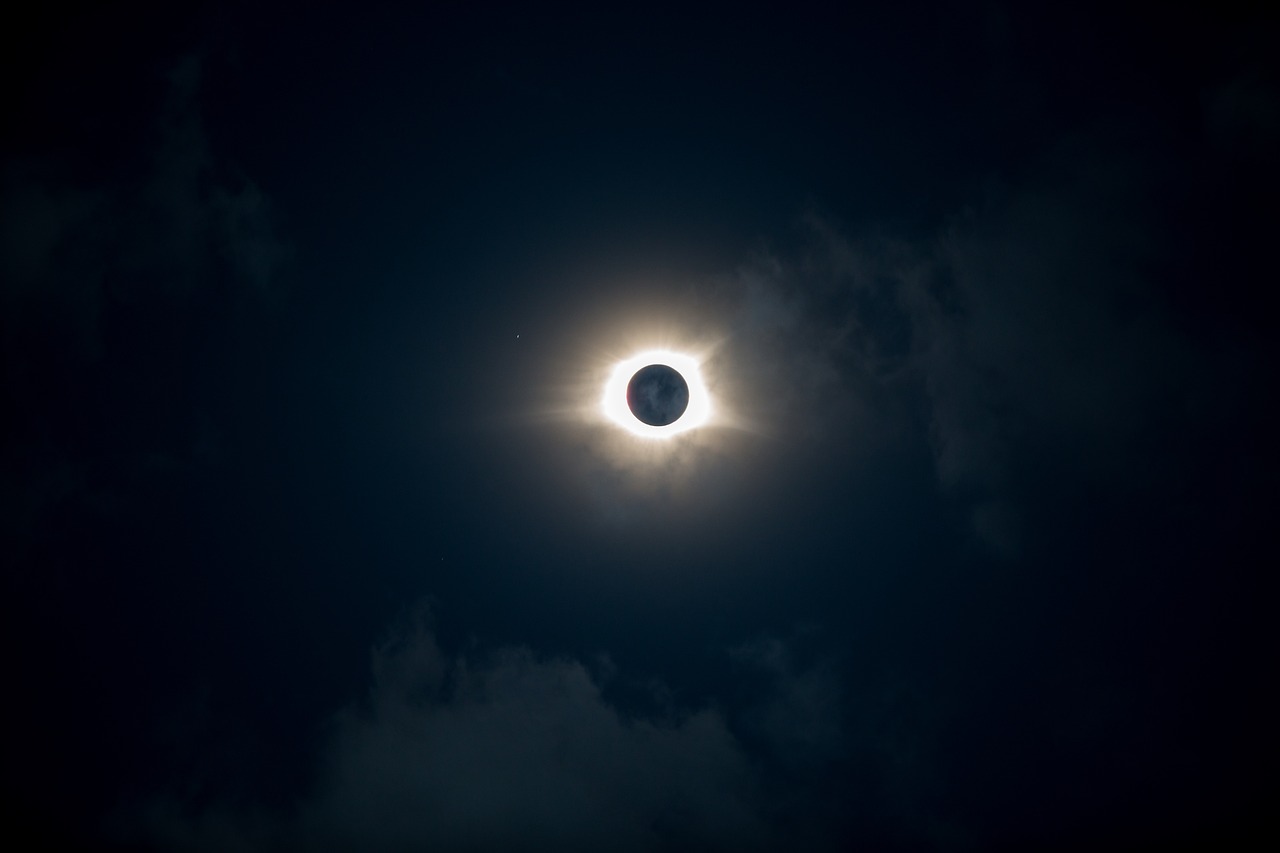There will be a total solar eclipse today, Monday. However, the spectacle cannot be observed in all places in the world. Here is all the information.
When the moon moves before the sun: today, Monday, April 8, we expect a total solar eclipse. It will be dark in some parts of the world for a short time.
What is a total solar eclipse?
A total solar eclipse occurs when the moon passes between the sun and the earth, completely blocking the sun. The sky darkens as if it were dawn or dusk.
The US space agency NASA also calls it a “cosmic masterpiece.” “Solar eclipses have a very special power,” said NASA chief Bill Nelson at a press conference. “They move people and give them a deep respect for the universe.”
Where can the solar eclipse be seen?
The total solar eclipse in April will be visible in North America, Mexico, and Canada. The spectacle will begin at 6.38 pm on the Pacific coast of Mexico. It will then continue to Texas via Oklahoma, Arkansas, Missouri, Illinois, Kentucky, Indiana, Ohio, Pennsylvania, New York, Vermont, New Hampshire, and Maine.
When the eclipse reaches Canada, it will continue to Ontario, Quebec, New Brunswick, Prince Edward Island, and Nova Scotia. The eclipse then leaves the mainland.
However, we won’t have to wait that long for a partial one. On March 29, 2025, the sun will be partially eclipsed. On Sylt, the largest eclipse is expected to be a maximum of 25 percent. Further south, the coverage will be less.
How many people will be able to see the spectacle in April?
Because the solar eclipse on April 8 will pass over large parts of North America and through densely populated areas, 30 million people will be able to see a total eclipse of the sun.
Solar eclipse – what is it?
A solar eclipse occurs when the moon passes between the earth and the sun. The moon covers the sun, whose shadow falls on the earth. In a total solar eclipse, the entire sun is covered. Only part of a partial solar eclipse is covered.
A further 150 million people live in areas not in the Umbra. These inhabitants can observe a partial eclipse. Nasa estimates that 99 percent of all US residents will be able to observe a partial or total solar eclipse from their homes in April.
How long does the solar eclipse last?
The entire path of the moon’s shadow on the Earth will be about 16,000 kilometres long. Less than half of this (about 6,400 kilometres) will be over land.
The solar eclipse will last around 100 minutes. The location with the longest phase is Vanderpool, Texas. There, the moon takes four minutes and twenty-six seconds to move past the sun.
What makes this solar eclipse so fascinating?
The sun’s magnetic field reverses approximately every eleven years, increasing solar activity. During this phase, there are more solar flares and coronal mass ejections.
During the solar eclipse in April, the sun is in an active phase. There is then a chance that a mass ejection will become visible at the moon’s edge, where the sun’s corona can be seen.
This involves clumps of plasma being ejected into space at high speed from the outer layer of the sun, which could look spectacular during the solar eclipse.
In addition, the moon was closer to the Earth in April than during the last total solar eclipse in 2017, meaning the moon’s umbra was wider. In 2017, the path was about 64 kilometres wide on average. In April, the shadow will be around 185 kilometres wide.
- hector pascua/picture:
This post has already been read 1881 times!



